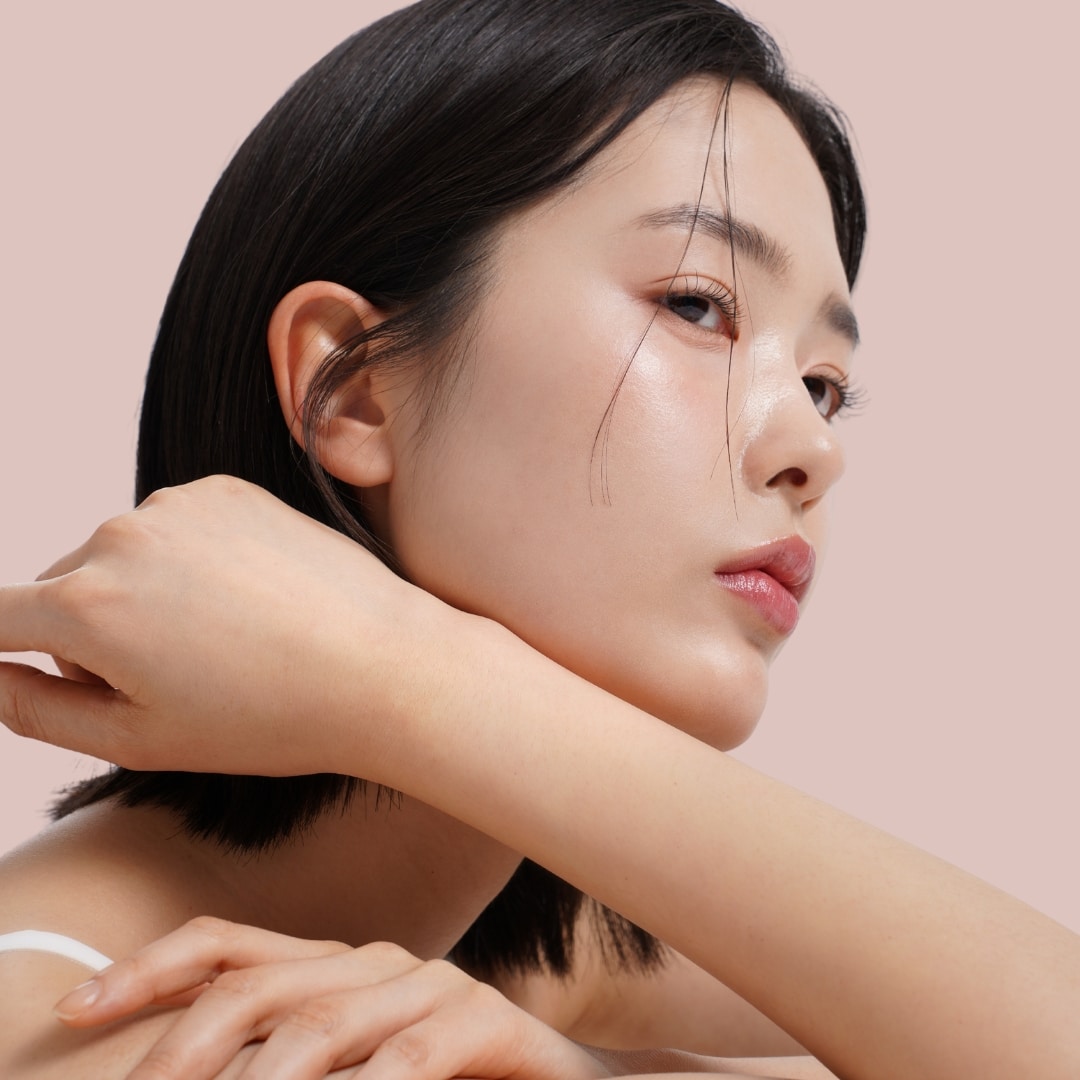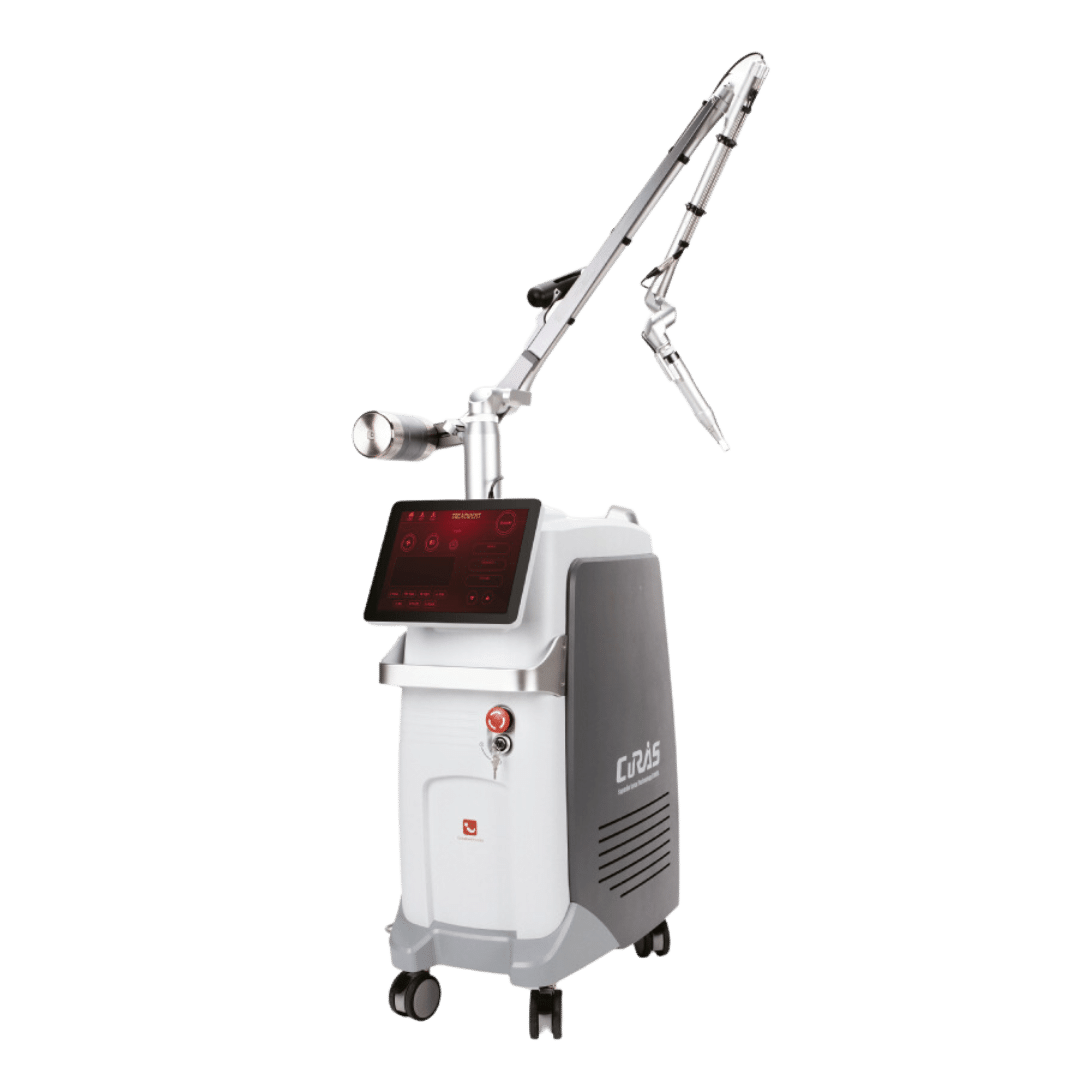The Nd:YAG laser is a popular laser toning treatment and has served as the standard for pigmentation and tattoo removal in Singapore for over a decade. Numerous clinical studies have demonstrated its effectiveness in treating various pigmented lesions on the skin. However, traditional Q-Switched Nd:YAG or Nd YAG laser treatment has limitations, particularly in providing significant improvement for melasma. Moreover, melasma tends to recur after the treatment is discontinued.
The advanced Q-Switched Nd:YAG laser represents a significant improvement over the previous generation of Q-Switched Nd:YAG. It features an enhanced laser system that optimizes performance and includes various laser modes designed to treat post-inflammatory hyperpigmentation (PIH) and melasma more effectively. Let’s explore why.








